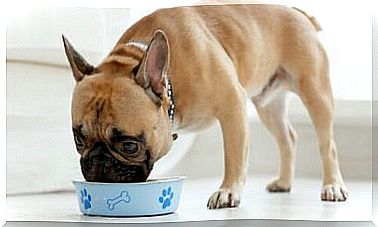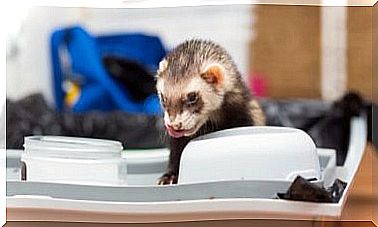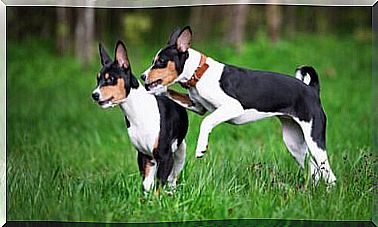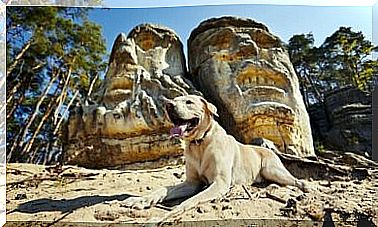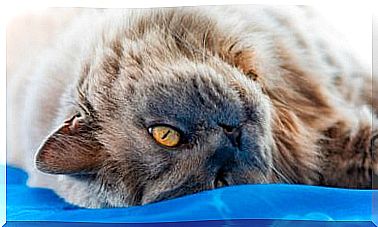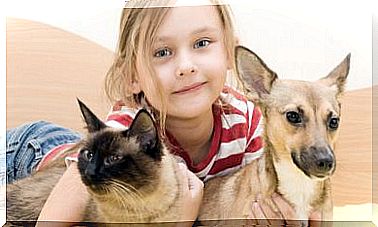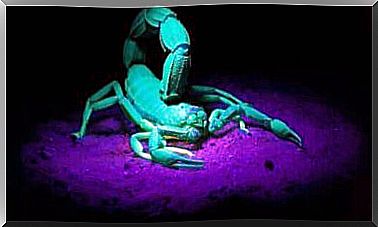Do Dogs Feel Guilt? The Answer Is No

Many owners believe that their pets, especially dogs, are capable of feeling guilty when they have misbehaved. However, even though dogs may seem guilty to us, the reality is quite different.
Experts reveal that it is true that dogs experience a broad spectrum of emotions, but our perception of their guilt or shame is likely to be erroneous. Let’s try to understand in this article if dogs feel guilt.
Scientists do not believe that dogs can experience complex emotions such as guilt and shame, although their expression may seem so. Recent studies explain that dogs are simply reacting to their owner’s body language rather than experiencing more complex feelings.
In fact, current experimental evidence suggests that dogs display that “guilty look” we all know in response to their owners’ reproach.
Dogs and guilt
A group of researchers from the University of Cambridge in the United States has conducted a survey to determine whether owners are right to believe that the “guilty look” means that the dog recognizes that he has misbehaved. The findings were published in 2015 in the Behavioral Processes journal .
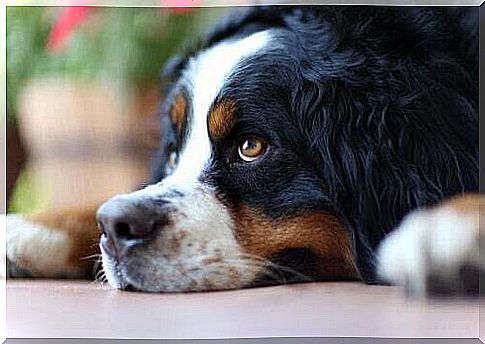
To conduct this research, the scientists studied a sample of dogs that their owners had told not to eat a biscuit. During the experiment, the owners leave the room and another person arrives who takes out the cookie and encourages the dog to eat it.
When the owner returns to the room and notices that the biscuit has disappeared, he is asked to decide, judging by the expression on the dog’s face, whether or not he had eaten the biscuit: no one has succeeded.
“ If the guilty look is really an expression of guilt and repentance, the dog assumes it only when he has done something wrong ; but this is not the case, ” say the researchers.
In this regard, they tell an anecdote: there was a customer who had three dogs and, whenever something like chewing a shoe happened, one of them always seemed the culprit. However, it was often not the responsible dog, but the shy one, who was most afraid of his owner’s reaction.
The origin of the “guilty look” of dogs
Other studies had already concluded that dogs don’t feel guilty. Simply put, dog brains don’t work that way. Dogs can have emotions, but feelings like guilt and jealousy are only human. We are the ones who tend to attribute human emotions to dogs and who see in them a sense of guilt that they don’t actually feel.
According to a 2009 study published in the journal Canine Behavior and Cognition, people see blame in a dog’s body language when they believe the dog has done something it shouldn’t have done. However, in many cases the dog was innocent.
The study was able to show that it is an exclusively human tendency to attribute the “guilty look” to the dog, although this may not be guilty at all.

The result of the test
During the tests, dogs were offered the opportunity to disobey their owner’s order not to eat the biscuit. Owners’ perceptions of what their dogs had done in their absence varied from case to case.
If after the experiment the dogs’ behavior included “guilty look” in the eyes of their owners, it didn’t have much to do with whether or not the dogs actually disobeyed.
Dogs seemed more “guilty” if they were scolded by their owners. Indeed, dogs that had obeyed but were scolded by their owners in bad faith seemed more “guilty” than those who had actually disobeyed. Therefore, the dog’s “guilty look” is a response to the owner’s behavior and is not necessarily indicative of the fact that he feels guilty about what he did.
This study is very interesting for understanding the human tendency to interpret animal behavior in purely human terms. This trend, called anthropomorphism, compares animal behavior with human behavior.
In case of superficial similarity, he interprets animal actions in the same terms as human ones. This may include attributing to the animal higher-order emotions that don’t really belong to the animal, such as guilt or remorse.
